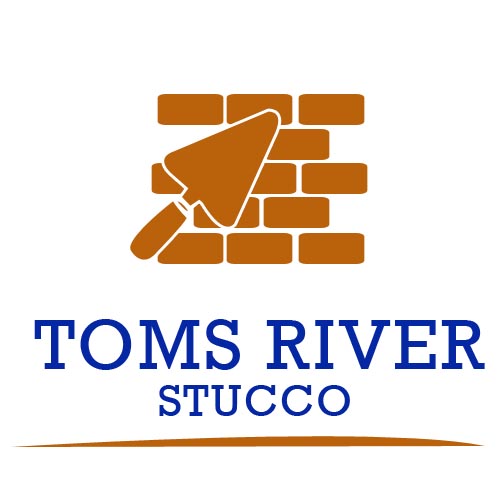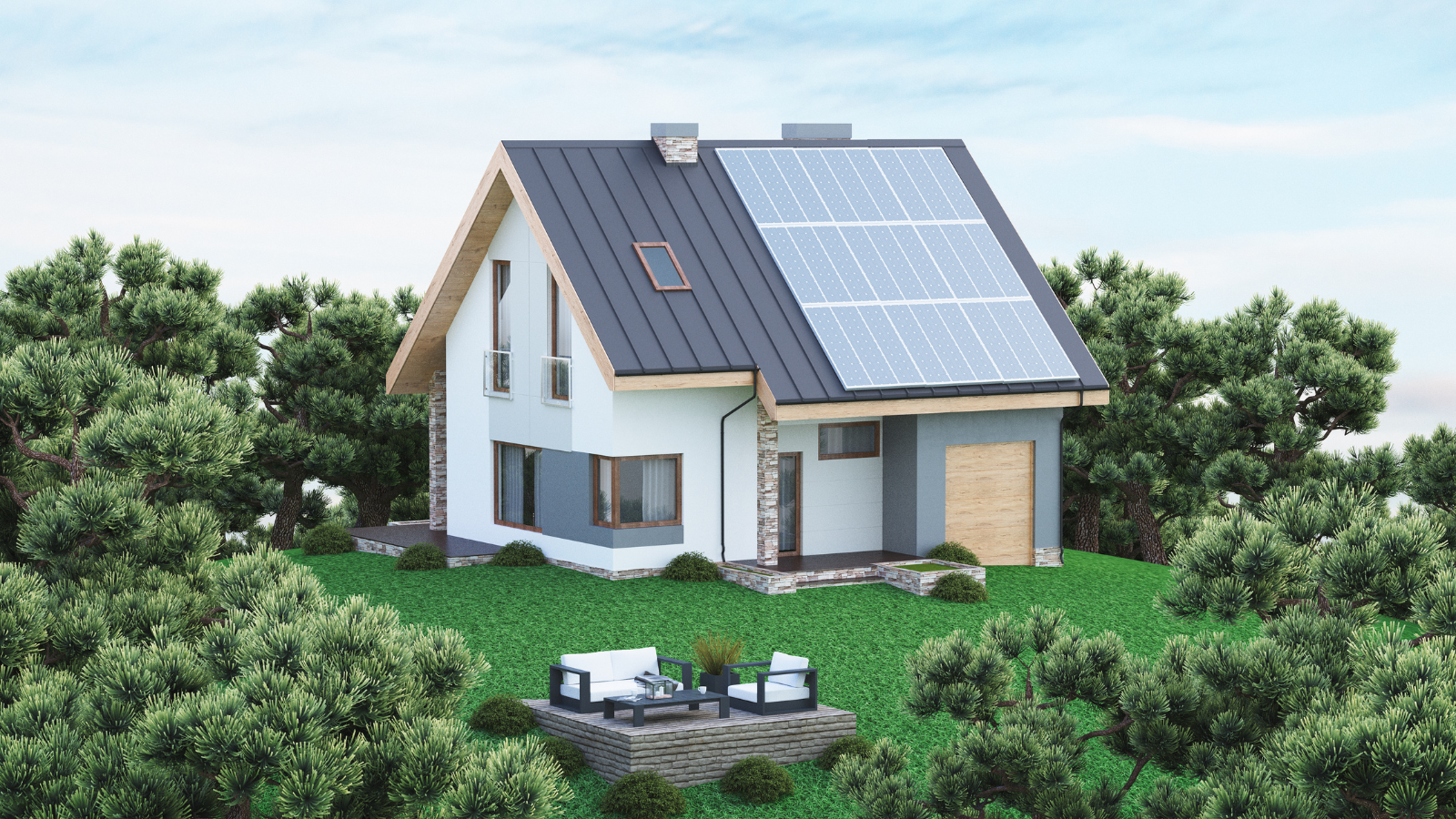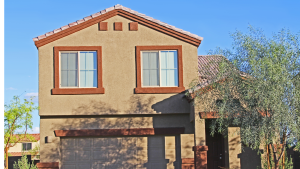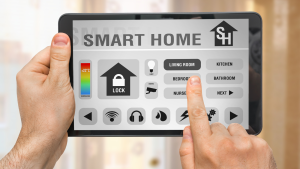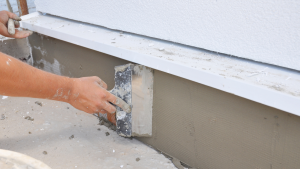In a time when taking care of the environment is crucial, the construction industry is increasingly prioritizing sustainable practices. Among various building materials, stucco has emerged as a leader in sustainability. But what defines a sustainable wall material, and how does stucco fit into this framework? Let’s explore the role of stucco in modern eco-friendly construction.
If you’re experiencing problems with your stucco, it’s crucial to address them promptly to prevent further damage. That’s where Toms River Stucco comes in. Our team specializes in professional stucco installation, ensuring that your surfaces remain beautiful and durable for years to come.
Don’t ignore your stucco concerns. Contact Toms River Stucco today, and let us provide the expert assistance you need.
What Makes a Wall Material Sustainable?
A sustainable wall material minimizes its environmental impact throughout its lifecycle, from production and use to disposal. Key characteristics include:
Low Carbon Footprint: Materials produced with minimal greenhouse gas emissions.
Energy Efficiency: assisting in the decrease of energy usage in buildings.
Durability: Long-lasting materials that reduce the need for frequent replacements.
Recyclability: Materials that can be reused or recycled at the end of their lifecycle.
Non-Toxicity: Free from harmful chemicals affecting indoor air quality.
Which Wall Type is Most Sustainable?
The most sustainable wall type effectively balances these characteristics. Some leading contenders include:
Insulated Concrete Forms (ICFs): These walls provide excellent insulation, reducing energy costs.
Rammed Earth: Made from natural raw materials, rammed earth walls are highly durable and eco-friendly.
Cross-Laminated Timber (CLT): A renewable resource, CLT has less carbon impact than conventional concrete or steel.
Stucco: With modern, eco-friendly practices, stucco offers significant sustainability benefits.
The Role of Stucco in Sustainability
Stucco, a traditional material composed of aggregates, a binder, and water, has been used for centuries for its durability and versatility. Its role in sustainable construction includes:
Energy Efficiency: Stucco provides excellent insulation, reducing the need for artificial heating and cooling.
Longevity: Stucco’s durability means fewer repairs and replacements, lowering material consumption.
Natural Materials: Typically made from lime, sand, and water, traditional stucco contains natural ingredients that are less harmful to the environment.
Reflective Properties: Stucco can reflect solar radiation, reducing heat absorption and cooling costs.
Best Practices for Sustainable Stucco Projects
To maximize the sustainability of stucco projects, consider the following best practices:
Use Recycled Materials: Incorporate recycled aggregates and other sustainable components, such as crushed concrete or glass, into your stucco mix to reduce the need for virgin resources.
Opt for Natural Binders: Choose lime-based binders over synthetic options for a more eco-friendly approach. Lime is less energy-intensive than Portland cement and can absorb CO2 from the atmosphere during curing.
Implement Energy-Efficient Techniques: Ensure proper insulation and application methods to enhance energy efficiency. Advanced stucco systems, like Exterior Insulation and Finish Systems (EIFS), can significantly reduce thermal bridging and improve energy performance.
Water Management: Manage water usage during mixing and application to minimize waste. Use precise water-to-material ratios and collect and reuse rinse water from tools and equipment.
Local Sourcing: Use materials to reduce transportation emissions and support local economies. Long-distance transportation minimizes the carbon footprint connected with local sourcing and helps maintain regional architectural character.
Maintenance and Repair: Regular maintenance can extend stucco’s lifespan, making it even more sustainable. Inspect the stucco surface for cracks, chips, or signs of wear and address them promptly.
Frequently Asked Questions
Q: Is stucco environmentally friendly?
A: Stucco can be a highly eco-friendly wall material, mainly used with natural materials and modern sustainable practices.
Q: How does stucco contribute to energy efficiency?
A: Stucco provides excellent insulation, reducing the need for excessive heating and cooling, thus saving energy.
Q: Can stucco be used in all climates?
A: Stucco is versatile and can be adapted to various climates, although it may require specific formulations or treatments in extreme conditions.
Q: What is the lifespan of a stucco wall?
A: Properly maintained stucco walls can last several decades, often over 50 years.
Q: Is stucco a cost-effective option for sustainable building?
A: While initial costs can vary, stucco is affordable in the long run because of its energy efficiency and longevity.
Conclusion
Sustainable stucco represents not just a trend but a significant shift towards more responsible and eco-friendly construction practices. By choosing stucco and adhering to best practices, builders can contribute to a healthier planet while creating durable and beautiful structures. As we continue to innovate and refine our methods, sustainable stucco is a prime example of how tradition and modernity can unite to support a greener future.
Embrace sustainable stucco in your next project and be part of the movement towards a more sustainable world.
